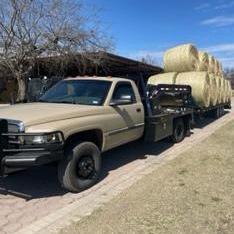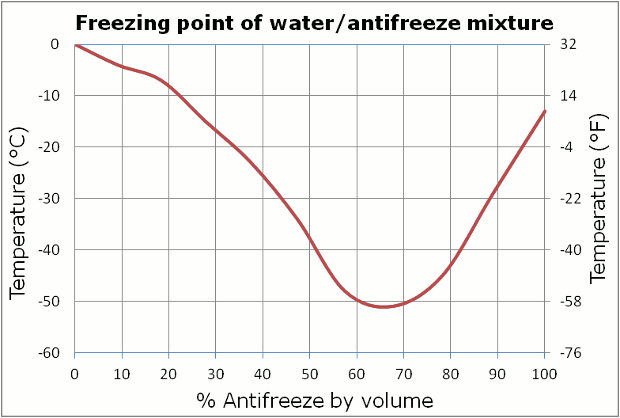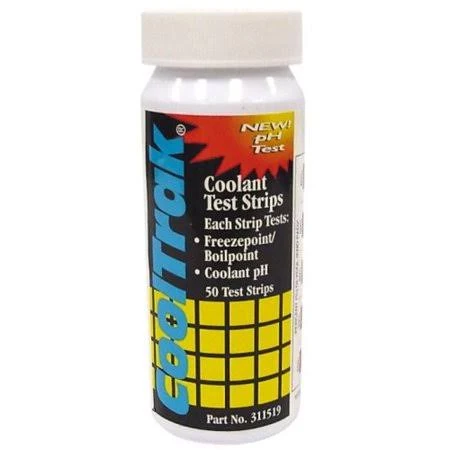- Replies 15
- Views 6.5k
- Created
- Last Reply
Most Popular Posts
-
When antifreeze is used in a coolant system as the temperature drops to around the protection point which for Cat 50/50 is around -37C the antifeeze makes it harder for the H20 molecules to join toget
-
I only use Cat ELC (Extended Life Coolant) coolant in everything I service, premixed at 50/50 BUT Cat also do neat ELC for bringing the % back to where it needs to be if someone has put water in t
-
A simple answer is yes, a 50/50 mix will work for your location in Texas. As the concentrate of antifreeze is increased the boiling point is increased but the drawback to that is at higher concentrat








So I did a 50-50 mix with zerex the green, if it matters. Anyway the lowest I got was -22. How do you folks protect your eng. in negative weather like that?